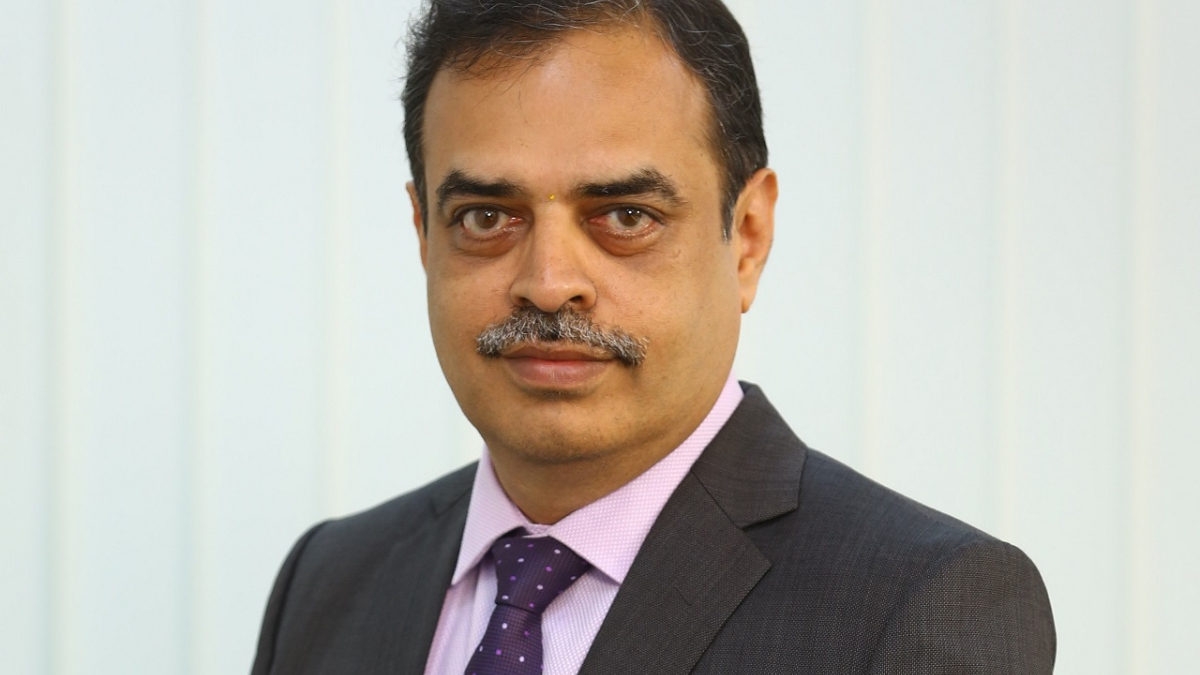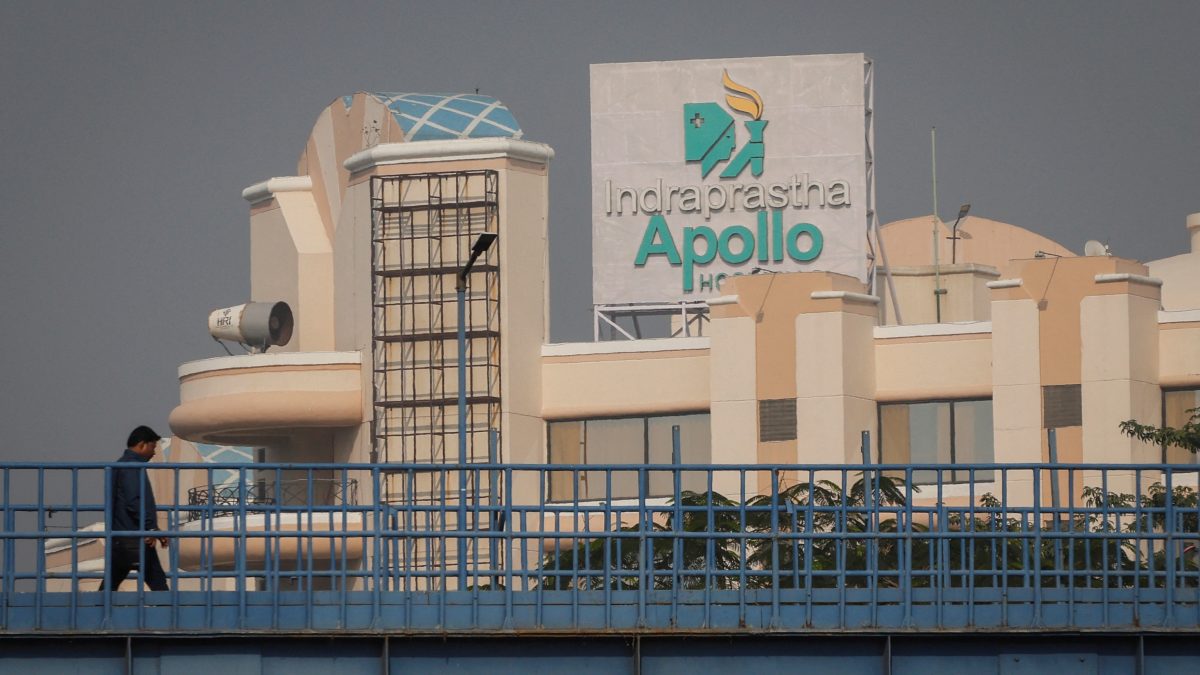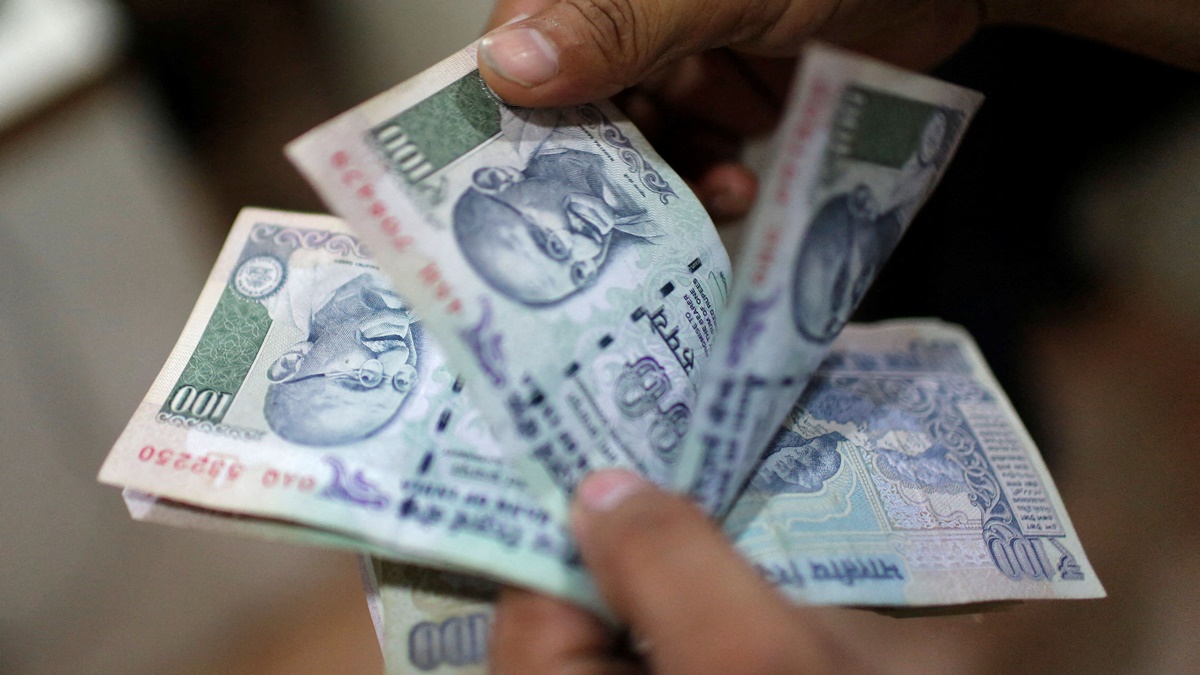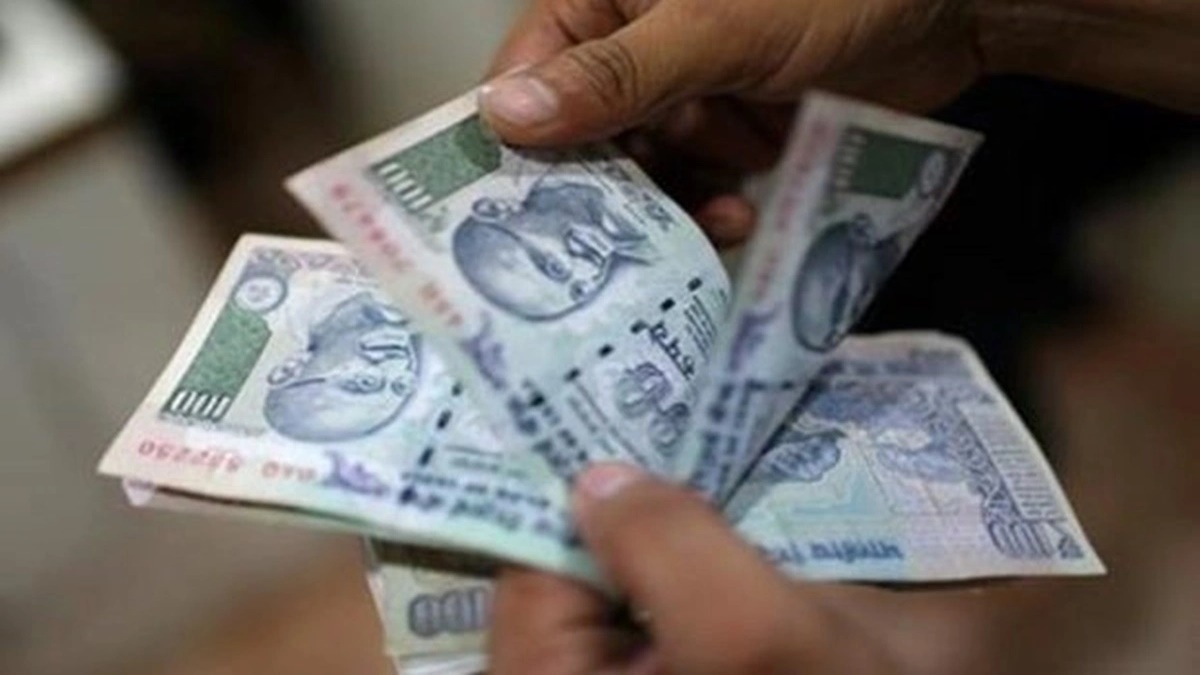By Deepak Jasani
The RBI MPC voted unanimously to keep the policy repo rate unchanged at 6.5% on Dec 8, its fifth consecutive pause, as the near-term outlook is masked by risks to food inflation which might lead to an inflation uptick in November and December. Consequently, the standing deposit facility (SDF) rate will remain unchanged at 6.25%, and the marginal standing facility (MSF) rate and the Bank Rate at 6.75%. The MPC continued with the ‘withdrawal of accommodation’ stance (with a 5:1 majority).
The RBI seemed less hawkish on liquidity management compared to the previous policy. Due to tight liquidity conditions with system liquidity turning into a deficit in September, RBI proposed to allow reversal of liquidity facilities under Standing Deposit Facility and Marginal Standing Facility even during weekends and holidays with effect from December 30, 2023, to better manage liquidity. However, the governor emphasized that the use of OMO sales in the future is not off the table if liquidity surplus increases significantly.
Over the last year, monetary policy measures to drain out excess liquidity, alongside supply-side measures taken by the government, have worked well to control inflationary pressures. Core inflation has trended lower and household inflation expectations have become better anchored. The growth has remained resilient and robust, surprising everyone on the upside. FPI flows have seen a significant turnaround in 2023-24 with net FPI inflows of US$ 24.9 billion (up to December 6) as against net outflows in the preceding two years. Deficit liquidity conditions persisted during October and November. However, going forward, government spending is likely to ease liquidity conditions.
Economic activity exhibited buoyancy in Q2 aided by strong domestic demand resulting in robust GDP growth of 7.6%. The manufacturing sector gained strength by easing input cost pressures and pickup in demand conditions. The services sector buoyancy has remained intact as reflected in high-frequency indicators. GST collections at ₹1.68 lakh crore in November 2023 were buoyant. Taking all these factors into consideration, RBI has increased its real GDP growth to 7% for FY24 from 6.5% earlier amid continued strength in manufacturing activity and gradual recovery in rural consumption. Interestingly, for the next fiscal year, RBI GDP projections remain on the higher side at 6.7% and 6.5% in Q1 & Q2 FY25, respectively. This could mean that the monetary policy may not loosen up soon or this projection may be assuming easing that will help keep growth rates higher.
RBI continues to remain vigilant and ready to act as per the evolving outlook to address potential risks, as was seen by the pre-emptive measures to curtail the growth of unsecured loans. With buoyancy in capex and spending and gradual improvement in rural demand, India is better placed to withstand the uncertainties. But the RBI continues to target 4.0% CPI. Consequently, a rate cut soon remains unlikely. We expect a rate cut perhaps in Q1FY25 but that would be data-dependent.
Long-term G-sec yields have softened from recent highs reflecting strong demand for these bonds from financial institutions and softening of global bond yields. 10-year G-sec yields remained largely unchanged post the announcement as monetary policy transmission continues to work its way through the system.
Equity markets will take positive cues from the policy on growth and inflation front.
(Deepak Jasani is Head of Retail Research at HDFC securities Ltd. Views expressed are the author’s own. Please consult yourfinancialadvisor before investing.)




